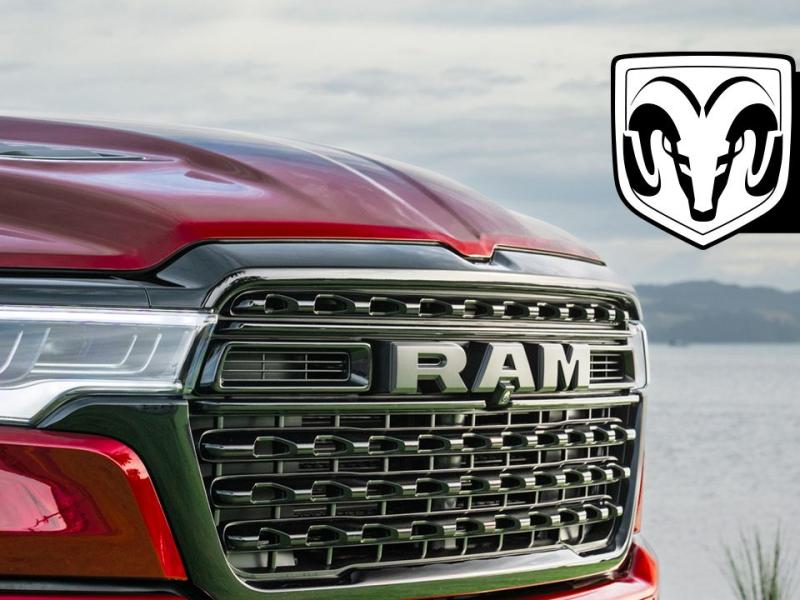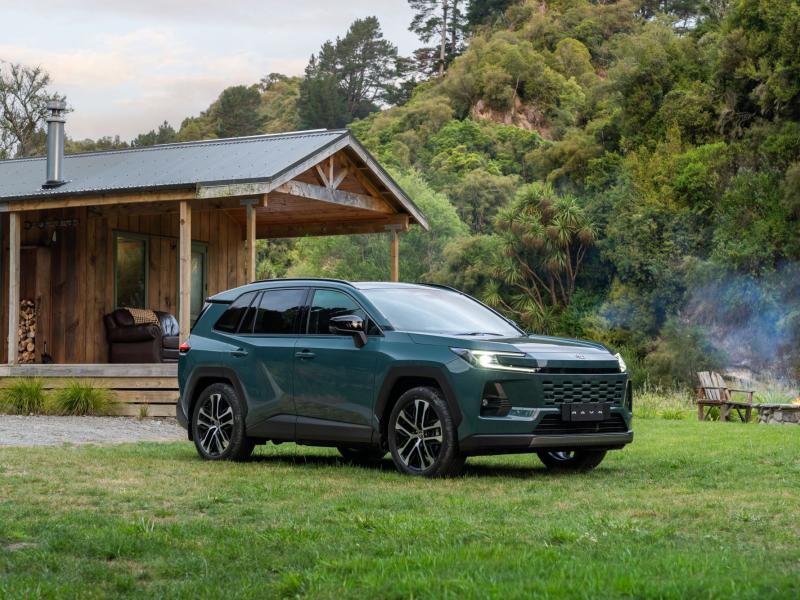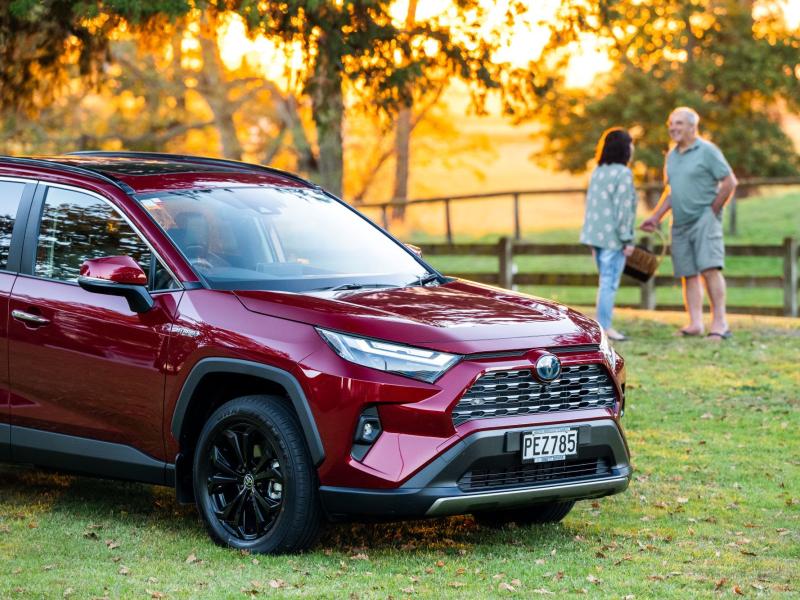On the face of it, NZ new car volume sales look grim, however, according to Neeraj Lala – CEO, Toyota New Zealand things aren’t as bad as they seem, we just need to take a reality pill.
“We haven’t been 100 percent happy with all of the doom and gloom surrounding the industry.” says Neeraj. “Now that’s not to say that it’s not there, because it is there in pockets and really bad. However, from our perspective as market leader, this is not the case.”
He adds that there are definitely signs and signals of a rough market and they are seeing a slight slowdown, in fact if we just look at the pure numbers, the market’s down about 15 percent, but Neeraj says you’ve got to put that into a little bit of perspective.
“Because last year, there were 24,000 EVs sold across a whole year, so around 14.5 percent of the total market were just EVs, but as we know, a lot of it was stimulated, artificial demand.”
He says that before we lose our marbles, how much of that was artificially manufactured? And in turn, where are we actually pacing?
“Through Toyota’s lens, we’re pacing about 0.8 percent behind the record we set last year. Now for us, usually our record pace or our market share spike would be on the back of rental deliveries which still haven’t happened, and they haven’t happened for us for the last four years. We are going to get back into the rental market this year, but nowhere near the volume that we would be because our back orders on our private/business channels don’t allow us to – stock challenges.”
Neeraj says that if they look at our last 10 years, they’d say after five months, 0.8 down on last year, they’re going really well. And he’d be right. Especially as they have 8,000 units in back orders (with the majority of those being hybrids) and they have over 700 back orders on a car that they can’t bring in too many of.
“So our backorder rate stays fairly stable. And with Prado, could we get more, Yes. Do we have more orders? Yes. Do we need more? No. And that’s purely from managing our weighted average CO2.”
He adds that they could rip up $3-4 million and have Hilux be number one, but don’t want to do that, as they’ve made a commitment to lowering the weighted average CO2 of their fleet.
“Now, here’s the challenge. We’ve got 1000 more customers that want to buy the Prado if we could bring them in and we won’t bring them in, because our bZ sales are half of what they should be, which means that our weighted average CO2 is under increasing pressure, even though our hybrid mix is over 60 percent.”
There’s no doubt that Government policy has affected the market, but Neeraj has his own view of this.
“The target of 88.5 grams by the end of 2027 was a challenge anyway. And what we’re saying is, if you can just change that target date, don’t change the target, but just change the trajectory of the improvement to 2030 not 2027, then we think there’s going to be a few survivors, not death by 1000 cuts.”
He adds that to get to 2027 and still operate a sustainable business, you need the credits in ‘24, ‘25 and ‘26 because they carry for three years. The credits give you time to still sell the balance mix and not pay huge penalties or not have to increase the prices.
“If the market was 14.5 percent EV, then happy days, but if it’s not happy days and the true demand, which we’ve been saying all along, is probably closer to five percent. Our EV volume by 2027 would be like 80 percent of the EV segment, which is ain’t going to happen.”
He says that we need to take a reality pill and say actually the market is going to be five to seven percent, (believing that in his view, by 2030 it’s not going to be any more than 12 percent), even if we had a whole bunch of Chinese products coming into New Zealand at a reasonably affordable price.
“We’ll have a range of EVs by 2030 with solid state batteries, mega range etc, but from an affordability perspective, when you look at the segments I don’t think it will pass 15 percent.”
Neeraj says it all boils down to being a trajectory planning challenge.
“We’ve said all along, that we’re not EV haters. What’s important to us is making sure the products that we have are relevant. That’s been our strategy, to have a broad range of products, and our share after five months is nearly 24 percent, and normally we’d get some rentals too, but we haven’t had any.”
We guess from Toyota’s point of view – reality never tasted so good.






